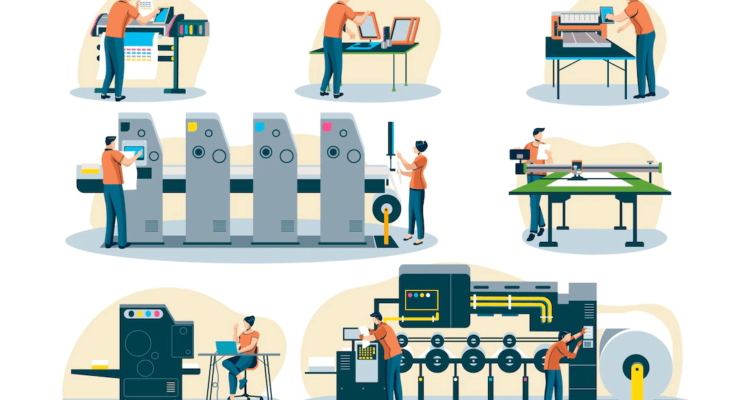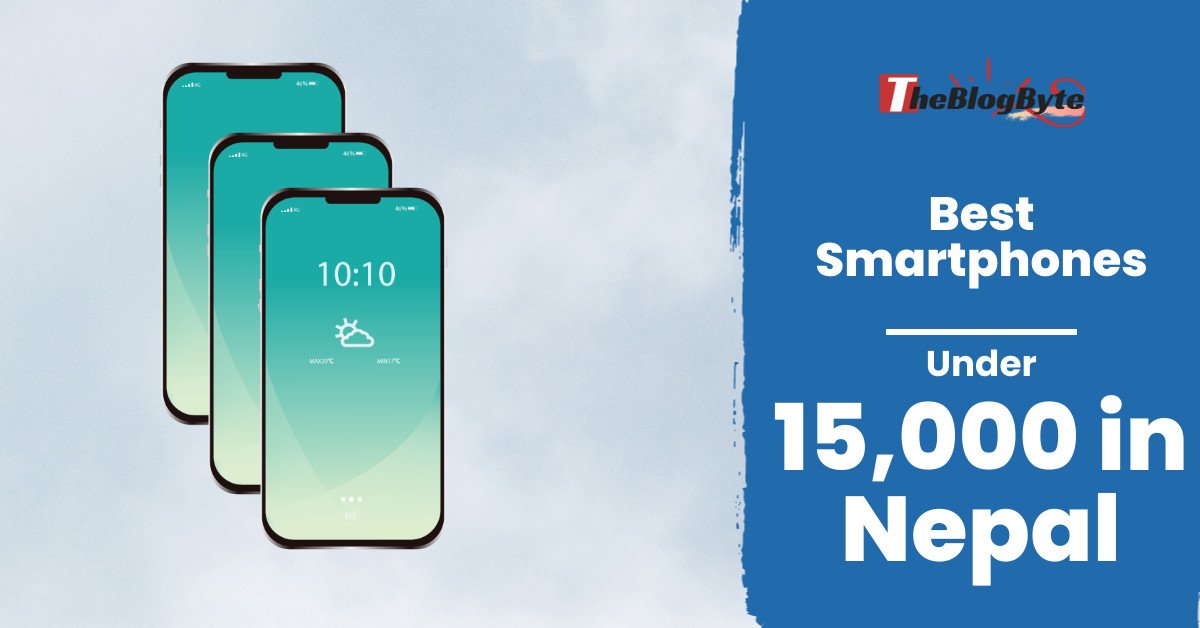The printing industry and technology are evolving rapidly into a new and exciting phase. The working environment of the printing industry is undergoing a “dramatic” transformation. It is mostly powered by growing new media, global competitiveness, and digital technology.
Top Reasons to Choose Offshore DevOps Solutions | All You Need to Know about Software Development
Different career paths in SQL development? | Top 10 Secrets for Making Your Shopify Website Faster
The traditional printing market is extremely developed. Now people live in a “developing information society” that is fuelled by technology. As a result, consumer demands are driving rapid change in the fundamental nature of the printer’s role.
First, technology is altering the communications sectors, especially with the digitization of data. The quickening experience of the fusion of computers, telecommunications, and the use of multimedia has changed traditional printing. Read more to know how the traditional print industry is evolving:
The rapid change in the print industry
Print businesses throughout the world have had to make considerable changes in the last decade to keep up with shifting customer needs. No printer is free from changing to suit the needs of the market in a sector that is so dependent on changing consumer expectations.
There has been a long history of change in the print industry. From the days of Gutenberg’s printing press to offset printing and digital printing, every invention has improved print speed and efficiency.
The dynamics of the traditional print industry have evolved as a result of the development of web-to-print, digital presses, and mobile connectivity. Today customers are demanding:
- Greater material variety.
- Quicker turnaround times and more accurate pricing.
- Smaller order quantities.
- Compliance with rules and regulations.
- Faster and simpler ways to tailor print projects.
The rise of Web-to-Print (W2P)
The e-commerce industry has been rapidly expanding and has been broadly adopted by many businesses. Creating Web-to-Print infrastructure is one of the greatest ways for companies in the print sector to implement an e-commerce business strategy.
Also Read – The Techno Ninja
Taking your printing company online is what web-to-print, also known as web2print or W2P, is all about. Basically, Web2print functions as an online ordering system that is accessed through a web browser.
Customers can customize their orders as necessary with the majority of web to print software. It includes a library and an interface to upload branded files. One sweep can specify all the necessary information, including the print method, print area, and material type.
Depending on the application, the consumer may also be able to receive an automatic quote, so they are aware of the cost. In the end, Web-to-Print setups save time for both the customers and the printing company.
Quotes are immediately available, and orders may be placed swiftly with a high level of customization. Businesses in the print sector can also accept orders in greater volumes. Undoubtedly one of the foundational elements that will influence the future of print is web-to-print.
Web-to-Print adding value to traditional printing
At times, even a minor delay might have a negative consequence on a company’s reputation. Customers can begin to distrust the company’s ability if they can’t keep up with their requests. Print companies are therefore looking to integrate web-to-print systems that enable them to automate print procedures despite online requests.
Web-to-print ERP solutions can assist with automation and simplification. It can be used for order management, quotation management, print job management, or tax rate calculators.
Dependence on human operations is drastically decreased with optimized custom and automated workflows. As a result, printing companies are searching for web-to-print solutions that will make it easier to automate the various steps of the printing process.
Personalization option
In the fierce competition that characterizes the printing sector, a company must uphold its brand image. Customization and personalization are sometimes misunderstood. These terminologies differ just a little, although being extremely similar and interchangeable.
The concept of personalization extends beyond simply personalizing designs. To ensure that the finished product is what the customer wants, everything must be customized. It includes the format, specifications, and other specifics.
This is why providing personalization is a trend that is certain to make a significant contribution to improved engagement and greater sales. Print store owners may give clients the option of personalization with online tools and web to print software.
Variable data interface
Print store owners can use a web-to-print solution that enables them to handle run-time adjustments to print orders. For instance, a client requested the printing of invitation cards. But after a while, they noticed that they had entered the wrong name.
They could update the file at their end with just a few clicks if you provide a variable data interface. The name will be updated immediately by the web-to-print program, which will also automatically acknowledge the adjustments.
This will reduce the needless back and forth between the store and customers. It saves consumers from having to go through many channels and procedures to have the error changed. This is a significant change from the traditional printing that Web-to-Print offer.
Additionally, because users can quickly change the information, it will increase their convenience and improve their overall experience.
Emerging opportunities in the Print Industry
As you can see, the industry is still being shaped by new print innovations and changing client expectations. Among the most remarkable changes that have appeared in recent years are:
- Global Coverage
Printers employ technology to differentiate themselves and make their services available online. With that, print markets are no longer restricted to specific geographic regions.
- Cloud Computing
The number of cloud-based applications has significantly increased since they give print shops more access to affordable software and improved integration. It also provides data security and the chance to digitize their processes and enhance the client experience.
- Focused Markets
To get the best profit margin, print stores no longer have to provide every print service to a customer. Many people are instead opting to specialize in their skills and concentrate on specialized markets.
Final Thoughts
Whatever may be your printing needs, technology has probably made them simpler, faster, and more affordable. But having more alternatives might be confusing, and it can be challenging to objectively compare them.
When selecting a printer, be careful to consider what matters most, whether it’s the printing method, the standard of the paper, or the greatest price.




